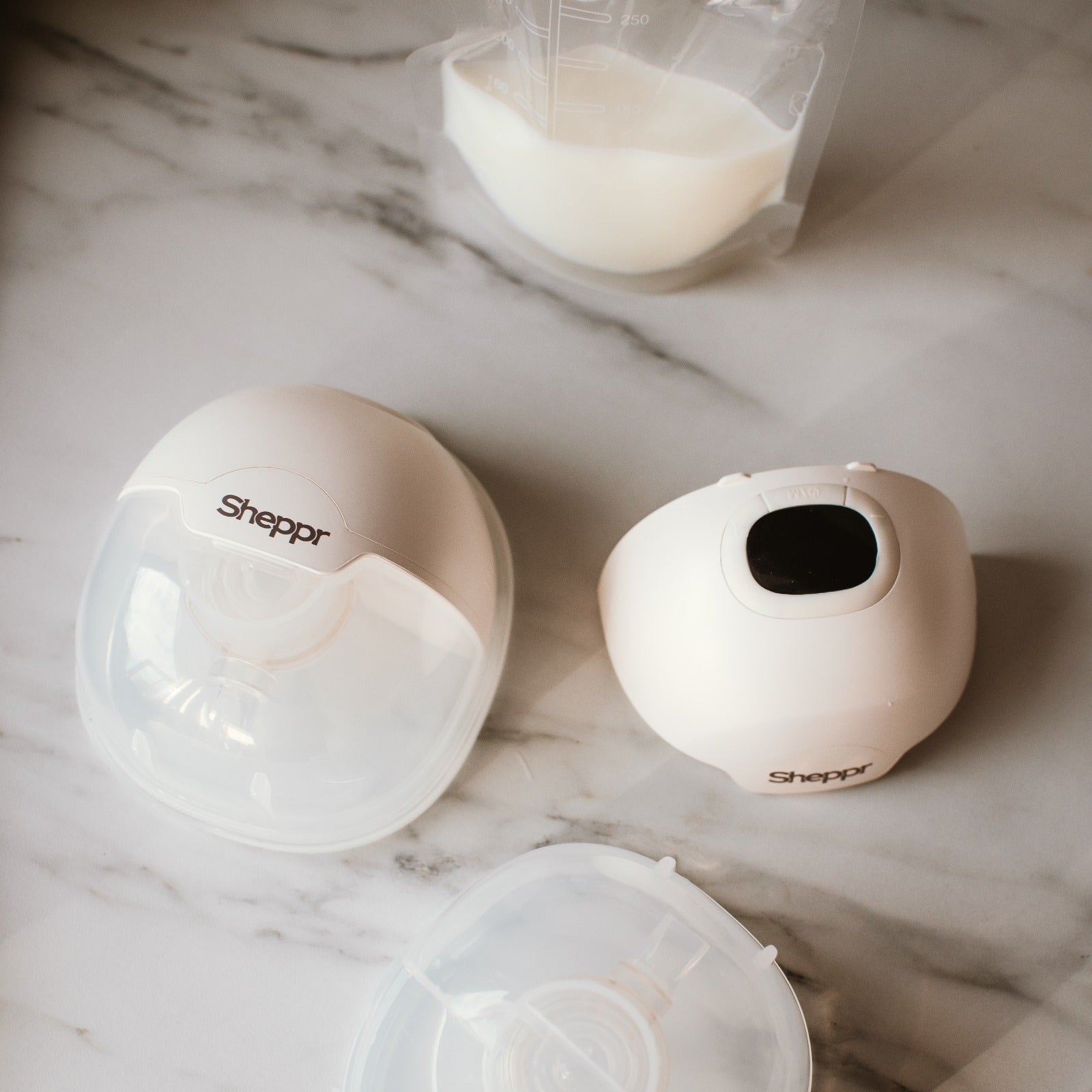If you’re breastfeeding and use a breast pump, you know how important it is to clean it properly. It may seem like an extra chore in your already busy routine, but a clean pump is essential for keeping your milk safe for your baby. Here are simple, practical tips for keeping your breast pump and accessories clean, without the hassle.
Why is proper cleaning important?
Breast milk is an ideal source of nutrition for your baby, but it is also a breeding ground for bacteria. If your breast pump is not properly cleaned, this can pose a risk. Regular and thorough cleaning ensures that the milk stays clean and that your baby does not ingest unwanted bacteria.
Step 1: Rinse immediately after use
After each pumping session, it is important to rinse all parts that come into contact with milk immediately under cold water. This prevents milk residues from drying and becoming more difficult to remove.
Please note: rinse with cold water, not hot, as hot water can cause proteins in the milk to coagulate, making cleaning more difficult.
Step 2: Daily cleaning
Your breast pump and accessories should be thoroughly cleaned daily. Here's how to do it:
- Disassemble everything: Take the breast pump apart and clean each part separately. Think of the bottles, valves, diaphragms and breast shield.
- Hand wash or dishwasher:
- Wash the parts with warm water and a mild detergent. Use a separate brush or sponge that you only use for your pumping equipment.
- Some parts are dishwasher safe. Check your breast pump manual to make sure which parts are dishwasher safe.
3. Rinse thoroughly: Make sure no soap residue remains by rinsing everything thoroughly with clean water.
Step 3: Drying
Allow all parts to dry completely on a clean, dry cloth or in a dish rack. Avoid using a towel to dry, as this can harbor bacteria. Ensure parts are completely dry before reassembling.
Step 4: Sterilize (for extra hygiene)
While daily cleaning is often sufficient, sterilizing can be an extra step to keep your breast pump extra clean, especially for babies under three months.
You can sterilize by:
- Boiling: Bring a pan of water to the boil and place the parts in it for 5 minutes.
- Steam sterilizer: Use an electric sterilizer or a microwave bag.
- Cold water sterilization: Use sterilization tablets in a container of cold water.
* Sterilization is not necessary after every pumping session, but can be useful once a week or in case of frequent use.
Make it a habit
Cleaning your breast pump may seem like a time-consuming task at first, but once you get into the routine, it will quickly become a habit. Remind yourself why you are doing this: for the health and safety of your baby.
A clean breast pump means you can pump with peace of mind, knowing that your milk is completely safe. And let’s face it, a little extra peace of mind is something every parent can use.

